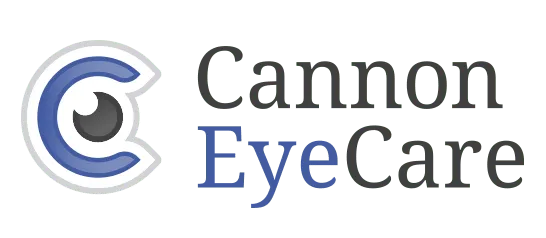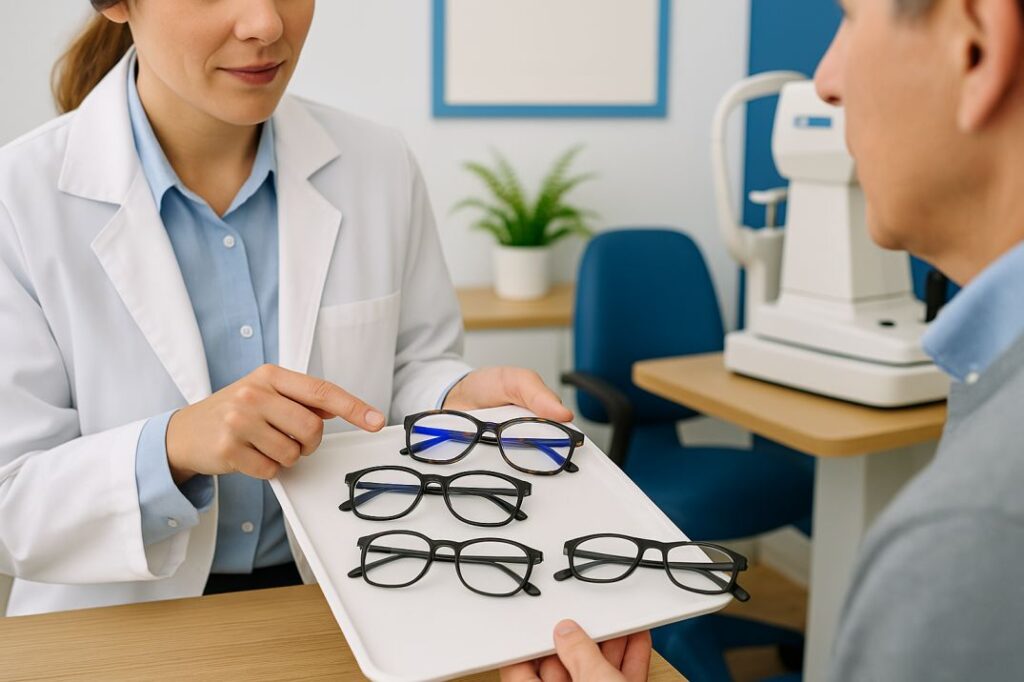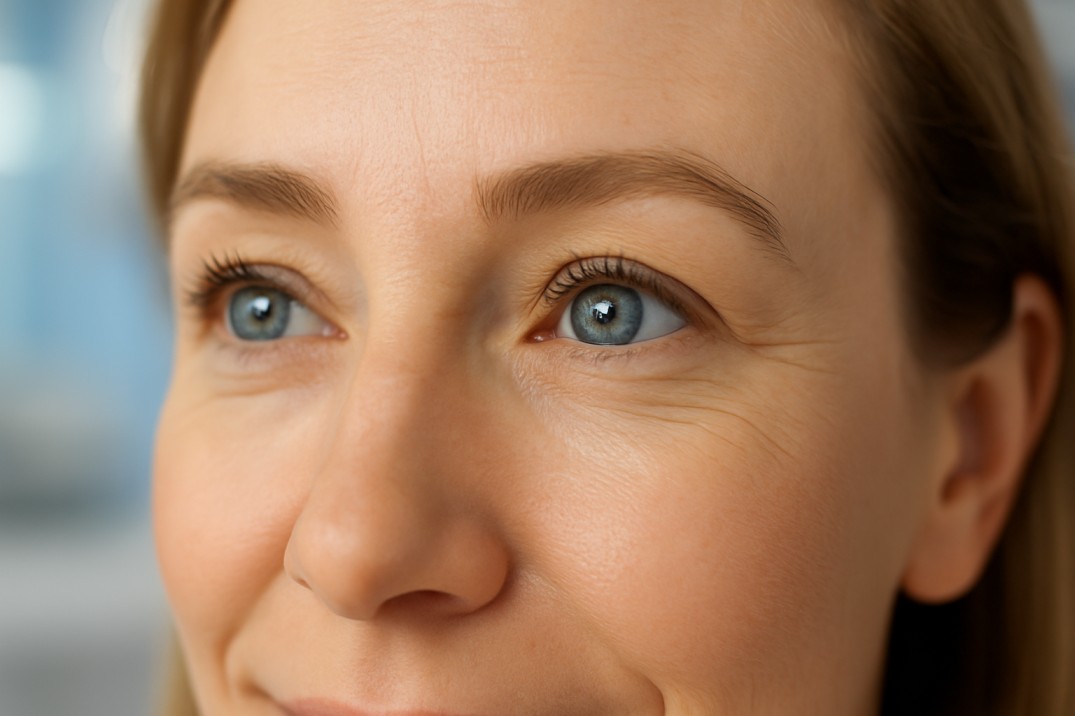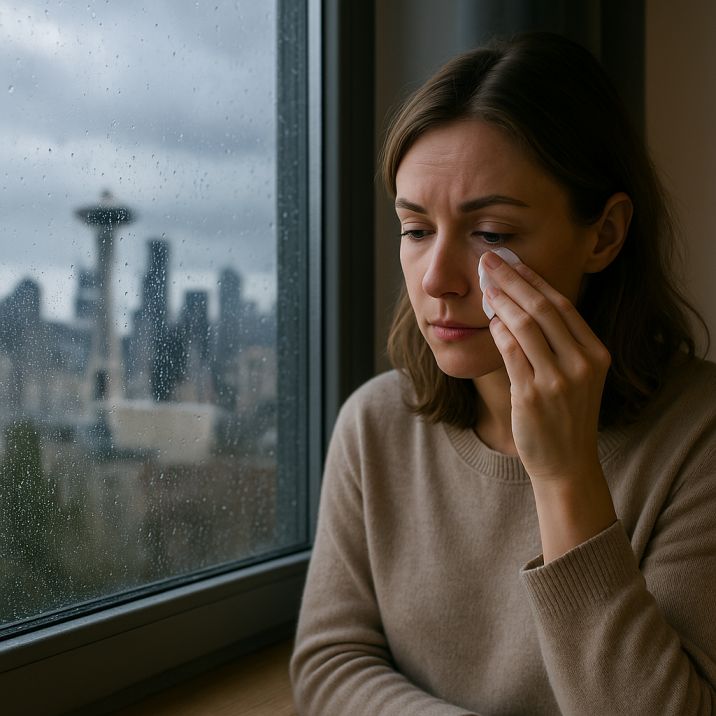Reading Glasses in Seattle: What You Need to Know
Are you holding your phone farther away to read texts? Struggling with small print on menus in Seattle’s dimly lit restaurants? You’re not alone. Millions of adults notice their near vision changing in their 40s and beyond—a natural, age-related process called presbyopia. This guide answers your most common questions about reading glasses, with tips from eye care experts and the latest research, all tailored for Seattle residents.
Understanding Presbyopia: Seattle’s Guide to Age-Related Vision Changes
Presbyopia is the natural, gradual loss of near vision caused by reduced flexibility in your eye’s lens. Unlike a disease, it’s a universal aging process—impacting reading, phone use, and close work. Seattle patients typically notice this when menus or text blur at arm’s length.
4 Key Presbyopia Symptoms
Recognize these early signs:
-
Holding phones or books farther away to focus
-
Eye fatigue or headaches after screen time
-
Requiring brighter light for reading
-
Blurred near vision despite perfect distance sight
When Does Presbyopia Begin?
Symptoms typically appear between the ages of 40–45. For Seattle’s tech professionals, prolonged screen use may hasten initial awareness. Vision continues evolving until your 60s, requiring regular updates to prescriptions.
Do You Need Reading Glasses? A Seattle-Specific Guide
If you recognize presbyopia symptoms, reading glasses might help. Try this quick self-assessment:
-
Are you squinting at restaurant menus or coffee shop boards?
-
Do screens leave your eyes exhausted after Seattle commutes?
-
Do you stretch your arms to read phones or trail maps?
Next Steps for Seattle Residents:
- Temporary Fix: Drugstore readers for quick tasks
- Optimal Solution: Comprehensive eye exam at Cannon EyeCare
→ Prescription lenses correct your exact vision needs
→ Custom options for screen use, hiking, or marine activities
Critical Note: Headaches and eye strain could signal other conditions. Seattle’s variable lighting often worsens uncorrected presbyopia.
Finding Your Reading Glasses Strength: A Seattle Guide
Reading glasses use diopter strengths (+1.00 to +3.50) based on your age, typical reading distance, and existing vision correction. Follow these steps for initial testing:
-
Start Low
Ages 40–44: Begin with +1.00
Over 45: Increase strength every 5 years -
Test at Seattle Reading Distances
Hold a book or phone 14–16 inches away (standard reading range)
Seattle tip: Test with local menus or ferry schedules for real-world clarity -
Adjust Up If Needed
Still stretching the material’s length? Try the next strength -
Contact Lens Wearers
Wear your contacts during testing to avoid overcorrection
OTC vs. Prescription Reading Glasses: Seattle’s Smart Choice Guide
Over-the-counter (OTC) readers are accessible at Seattle drugstores and boutiques, offering affordable, temporary solutions for basic presbyopia. However, prescription readers are essential when:
-
You have astigmatism, nearsightedness (myopia), or complex vision needs
-
Each eye requires different correction strengths
-
You need specialized coatings like blue light filtering (for tech workers) or anti-glare (for Seattle drivers)
Why Professional Exams Are Non-Negotiable:
Skipping comprehensive eye exams risks missing silent conditions like glaucoma or diabetic retinopathy, especially critical for Seattle’s aging population. At Cannon EyeCare:
-
Dr. Cannon’s 20+ years of expertise detect early warning signs
-
Digital retinal imaging maps eye health beyond prescription needs
-
Custom coatings address our climate (rain glare, screen fatigue)
Nearsighted or Astigmatic? Presbyopia Solutions for Seattle Patients
If you have myopia (nearsightedness), you may read comfortably up close without glasses initially, but presbyopia changes this. By your late 40s, most Seattle patients need vision correction for near tasks regardless of existing conditions.
Key Realities:
-
Nearsightedness (Myopia): Temporary near-vision advantage fades as presbyopia advances
-
Astigmatism: Standard drugstore readers cannot correct an irregular cornea, causing headaches or distorted vision
-
Dual Solutions:
→ Prescription progressive glasses correct distance, astigmatism, AND reading needs
→ Multifocal contacts offer glasses-free clarity
Blue Light, Digital Eye Strain & Computer Glasses: Seattle Tech Guide
For Seattle’s Microsoft, Amazon, and tech workers, digital eye strain is a daily reality. While blue light glasses show mixed scientific results for eye health, prescription computer glasses significantly reduce screen fatigue through:
-
Precision magnification for your screen distance
-
Anti-glare coating combating Seattle’s gray-light glare
-
Reduced peripheral distortion during long coding sessions
4 Science-Backed Tips to Relieve Screen Fatigue
-
20-20-20 Rule
Every 20 minutes, gaze at something 20 feet away (e.g., Space Needle view) for 20 seconds -
Screen Settings
Match brightness to ambient light—critical for Seattle’s dark winters -
Ergonomic Alignment
Position screens 20–24 inches away with the top at eye level -
Task Lighting
Use warm, indirect light to reduce contrast with screens
Beyond Reading Glasses: Advanced Presbyopia Solutions for Seattle Patients
If you prefer alternatives to traditional readers, consider these options:
1. Custom Progressive Lenses
-
Single glasses correcting distance, intermediate (computer), and near vision
-
Seattle Advantage: Rain-resistant coatings + anti-glare for screens and gray skies
-
Ideal for: Tech workers, sailors, and hikers needing seamless focus transitions
2. Multifocal Contact Lenses
-
Simultaneous correction for near and far vision
-
Seattle Specialty: Toric multifocals for astigmatism are common in Pacific Northwest patients
-
Top brands: Acuvue Oasys Multifocal, Biofinity Multifocal
3. Vision Correction Surgery
-
LASIK Monovision: One eye corrected for distance, one for near
-
Clear Lens Exchange: Lens replacement (like cataract surgery)
-
Corneal Inlays: Tiny implants for near vision
Note: Our Seattle clinic provides referrals to trusted regional surgeons
4. Prescription Eye Drops (Vuity®)
-
FDA-approved pilocarpine drops for temporary near-vision improvement
-
Best for: Occasional use (dinners, events)
-
Limitations: Not for astigmatism; effects last 6-8 hours
Seattle’s Reading Glasses Style Guide: Where Fashion Meets Function
Transform readers from necessity to statement piece with Seattle’s diverse frame options – from Ballard boutiques to downtown minimalism.
Choosing Your Perfect Frames:
-
Face-Shape Matching
-
Round faces: Angular frames add definition
-
Square faces: Soft ovals balance features
-
-
Material Matters
-
Lightweight titanium for all-day wear
-
Sustainable acetates (popular in Fremont eco-stores)
-
-
Essential Coatings
-
Anti-glare: Reduces rain reflections while driving
-
Blue light filter: For Seattle’s tech workforce
-
Scratch-resistant: Essential for outdoor adventurers
-
Seattle Try-Before-You-Buy Advantage:
-
Virtual try-ons via Cannon EyeCare’s online portal
-
In-clinic frame consultations (South Lake Union location)
-
30-day comfort guarantee on all prescription readers
Actionable Vision Preservation Strategies for Seattleites
Protect your sight with these proactive habits:
-
Prioritize Professional Exams
Every 1-2 years after 40 (annually for screen-heavy workers) -
Sunglasses Are Non-Negotiable
100% UV protection lenses – critical for mountain hikes and Puget Sound reflections -
Vision-Boosting Nutrition
Eat wild-caught salmon (Pike Place!), kale, and almonds for essential omega-3s and lutein. -
Screen Smart Discipline
-
Practice the 20-20-20 rule during Seattle commutes
-
Position monitors 20-24 inches away
-
-
Proper Eyewear Care
Clean daily with microfiber cloths
Store in hard cases (avoiding purse/bag scratches)
Seattle Eye Exam Schedule: Protect Your Vision at Every Age
Regular eye exams are essential for both vision correction and detecting silent threats like glaucoma or macular degeneration. Follow these evidence-based guidelines:
-
Ages 40-54: Every 2-4 years
-
Ages 55-64: Every 1-3 years
-
65+: Every 1-2 years
Seattle-Specific Risk Factors Requiring More Frequent Visits:
-
Tech workers with prolonged screen exposure
-
Outdoor enthusiasts facing mountain/water glare
-
History of diabetes or hypertension (common in Seattle seniors)
Presbyopia is a natural part of aging, but that doesn’t mean you have to struggle with blurry menus, tired eyes, or uncomfortable glasses. With personalized solutions like prescription readers, progressive lenses, blue light coatings, and even advanced options like Vuity® drops or multifocal contacts, Seattle residents have more choices than ever to maintain clear, comfortable vision.
Ready to see life more clearly?
Book your comprehensive eye exam at Cannon EyeCare today.
Our Seattle-based team will help you find the perfect reading solution, tailored to your lifestyle, vision needs, and Northwest climate
FAQs
-
Most people notice they need reading glasses in their early to mid-40s, as near vision naturally declines with age




